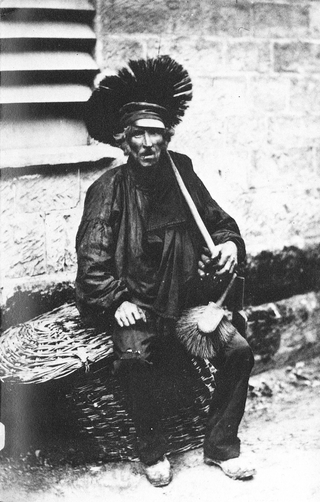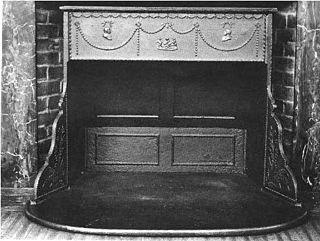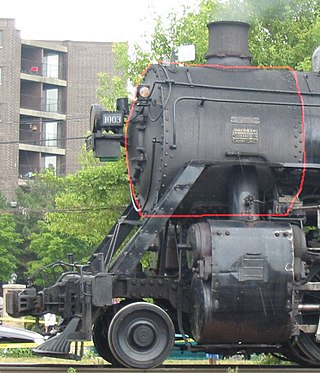"This case arises out of a tragic accident which took place on Friday, December 12, 1958, when two chimney sweeps were overcome by fumes, and died in the basement of the Manchester Assembly Rooms. Their widows bring the action against the occupier, Mr. Nathan, claiming that he was at fault and in breach of the duty of care which is now laid down by the Occupiers' Liability Act 1957.
It is very unfortunate that this case was tried so long after the accident. The action was not commenced until 21⁄2 years after the accident, and not tried till four years after. In the intervening time the caretaker, a most important witness, had disappeared without trace. So the court, after this length of time, is in great difficulty in ascertaining the facts.
In the assembly rooms there was a central heating boiler in which coke was used as a fuel. The boiler had been manufactured in 1929, and was thus nearly thirty years old. There was an old system of flues to carry away the smoke and fumes. One of these was a horizontal flue 24 ins. in diameter which ran from the boiler for 70 ft (21 m). along under the floor. That led into a vertical flue 18 ins. in diameter which went up a chimney 80 ft (24 m). in height. In the horizontal flue there was an inspection chamber under a slab in the floor. In the vertical flue there was a "sweep-hole" about 12 ins. in diameter and 9 ft (2.7 m). above the ground.
It was sometimes very difficult to get this boiler lighted up. The difficulty was to get a draught going along the flues. When it was first lighted, smoke and fumes got into the atmosphere, which cleared off when the fire got going well. In April 1958 some repairs were carried out, and a firm of builders gave this advice: "If it smokes, light a fire at the foot of the flue to create a draught." In December, 1958, the occupier himself was ill in hospital, and his son-in-law, Mr. Corney, was looking after the assembly rooms for him. On December 9, 1958, the boiler was to be got going for the winter. The fire was lit. There was a lot of smoke. They called in a boiler engineer named Gardner. He said that the flues needed cleaning. So they called in two chimney sweeps to sweep the flues. They were the brothers Donald Roles and Joseph Roles.
Now coke, when burning, gives off carbon monoxide gas, which is very dangerous because it cannot be seen or smelt. It is a stealthy killer. This should be known to everyone who has anything to do with boilers. On the Tuesday, when the sweeps arrived, Gardner warned them of the danger from the fumes, but they took no notice. He described how they acted:
"Donald crawled into the horizontal flue, I told him he should take care and not go in when the thing was just open. Give it a chance to clear out a bit, but he said he knew; he was a flue cleaner for many years, and he knew what he was doing. So we do not interfere with people who know what they are doing."
The fire was let out, and on the Wednesday the sweeps cleaned out the flue. On the Thursday the boiler was lit up again, but still there was trouble with the fumes and the smoke. So they called in an expert, Mr. Collingwood. When Mr. Collingwood got there he saw the fumes and smoke, and he gave another warning; he advised that the fire should be withdrawn at once. He told everyone to get out of the place altogether and get some fresh air. The two flue sweeps were not prepared to accept Mr. Collingwood's advice. He described what took place:
"I ordered everyone out, and they just jumped into the hole, and that was it. I went over to them and warned them against this, and I got foul language."
Mr Collingwood went on to say: "I ordered them out and told them the danger of the gas, and the use of its and they said that they knew a damn sight better; they had been in this business all their life; they did not need my advice."
He said that he repeated his warning two or three times, and added: "They eventually came out, under duress. I had to more or less drag them out."
After Mr. Collingwood had made his inspection, the boiler was lit again. He created a draught by lighting a bit of paper at the bottom of the vertical shaft so as to get it hot. But that was only a temporary expedient. He advised a permanent remedy, either a new flue or an induction fan in the base of the chimney. A new flue would cost a lot of money. So they decided on an induction fan. This could not be provided at once, so they would have to light it up for a time without the fan. Mr. Collingwood then gave another warning, which is crucial in this case. He advised the two sweeps, Mr. Corney and everyone there that the two vent holes (the inspection chamber and the sweep-hole) were to be sealed up before the boiler was lit up. "I repeated this warning," he said,.
"quite a few times to everyone that was there, not only the Roles brothers. That was to everyone in the place of the danger of these gases."
But the attitude of the sweeps, he said, throughout was that they were experts, and they really knew better than Mr. Collingwood himself.
It does appear, however, that Mr. Collingwood did contemplate the possibility that the boiler might be lit before the holes were sealed up. He said that from his own practical experience he thought that he could seal the holes with the fire on. He thought the sweeps could have done it, but said: "It depends entirely how long they were in there. I myself could have gone in there and sealed them off and come back out again, but I certainly would not have stayed in there any length of time." He advised the sweeps, he said, while they were sealing up, not to stay too long in the alcove. So much for the warnings that were given. On Friday, December 12, the fire was lighted. We do not know by whom, but perhaps by the caretaker. The sweeps were working there that day with the fire on. On Friday evening Mr. Corney and Mr. Gardner went there. The sweeps had very nearly completed their work, but they had not finished sealing up the sweep-hole in the vertical shaft. Mr. Corney said: "The job was not complete in as much as the cover over the flue hole was not cemented on." He asked the sweeps about it. They said they had not enough cement to do it. It was too late to complete it then, but they would get the necessary cement the following morning from a builder's yard and complete the job. So Mr. Corney left thinking they would come back the next morning (the Saturday morning) to finish off the job. The judge asked him:
"With the fire still on? (A) I did not think that could have been done with the fire alight. I was under the impression the fire would be out in the morning when they came back to do the job." It turns out that the sweeps must have got their cement that evening, and they must have come back later that night. Maybe the caretaker let them in. They came back and attempted to seal up the sweep-hole with an old dustbin lid and with cement. The fire was on at the time. Whilst they were doing this, they were overcome by fumes and died. Their bodies were found next morning. One body was just in the alcove, and the other a little way out, as though he had been trying to pull his workmate out of the alcove. One of them had on his nose a mask of wadding with a nose clip. And so they died. When the police inspected the boiler between 8 and 9 o'clock in the morning, the fire was found to be brightly burning.
It is quite plain that these men died because they were overcome by fumes of carbon monoxide. It would appear to a layman that the fumes must have come from the sweep-hole, but the judge, on the evidence, thought they probably came from the boiler. But I do not think it matters. The fumes came from the boiler or the sweep-hole or both. The question is whether anyone was at fault."














